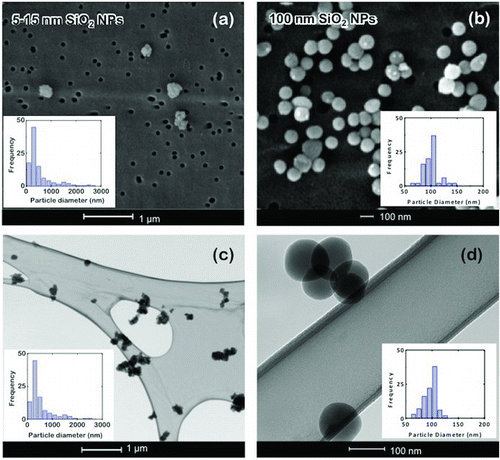Figures & data
FIG. 1 (a) Scheme of the preparation procedure of the silica-coated glass beads for the bed; (b) diagram of the fluidized bed aerosol generator (FBAG). (Color figure available online.)
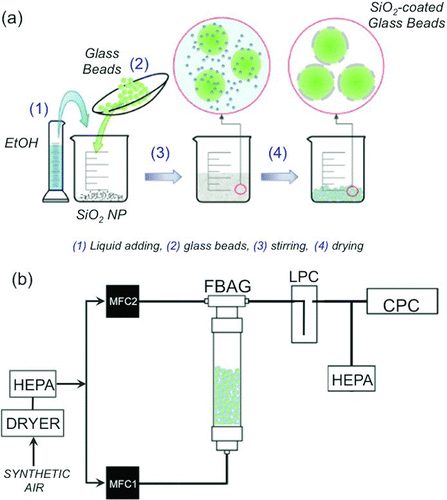
FIG. 2 TEM image of (a) 5–15 nm silica, and (b) 100 nm Stöber primary nanoparticles used for coating the glass beads. Insets show histograms of particle size distributions (N = 200).

FIG. 3 SEM image of the glass beads used for the FBAG: uncoated glass beads (a, b); 5–15 nm silica-coated glass beads (c, d); and 100 nm Stöber-silica-coated glass beads (e, f). The cross-sectional close-ups in images (b), (d), and (f) show the changes in surface texture after the coating.
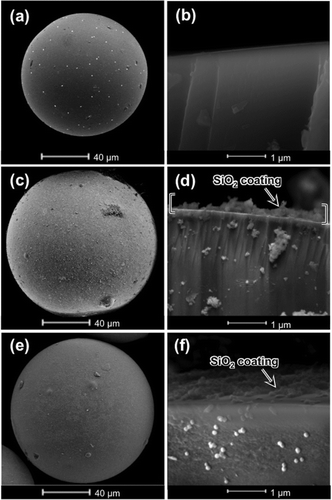
FIG. 4 Reproducibility of nanoparticle aerosol generation: number concentration of particles (5–1000 nm) for two independent beds (A and B) prepared using the same procedure with 5–15 nm silica-coated glass beads (Q FEED = 1.5 L/min; Q DILUTION = 0.5 L/min; and H B = 5 cm). (Color figure available online.)
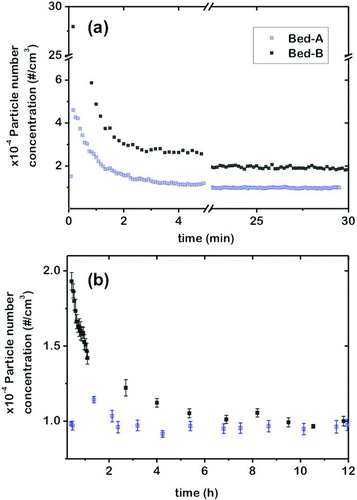
FIG. 5 Stability of nanoparticle aerosol generation using glass beads coated with Stöber silica (Q FEED = 1.5 L/min; Q DILUTION = 0.5 L/min; and H B = 5 cm). (Color figure available online.)
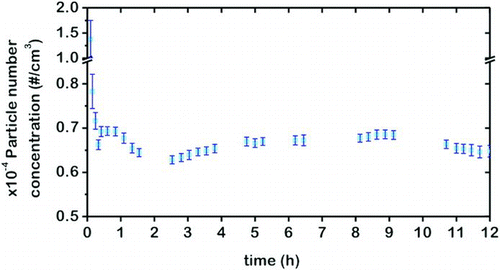
FIG. 6 (a) Evolution of particle size distributions using 5–15 nm silica-coated glass beads (conditions of ) obtained after periodic SMPS+C scans at the FBAG outlet. (b) Average particle size distribution obtained from SMPS+C (open black dots) and OPC data (closed blue dots). The data shown correspond to the average of the scans represented in . (Color figure available online.)
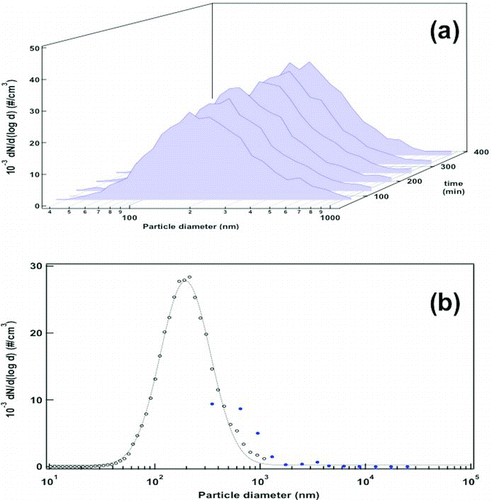
FIG. 7 (a) Evolution of particle size distributions using Stöber-silica-coated glass beads (conditions of ) obtained after periodic SMPS+C scans at the FBAG outlet. (b) Average particle size distribution obtained from SMPS+C (open black dots) and OPC data (closed blue dots). The data shown correspond to the average of the scans represented in . (Color figure available online.)
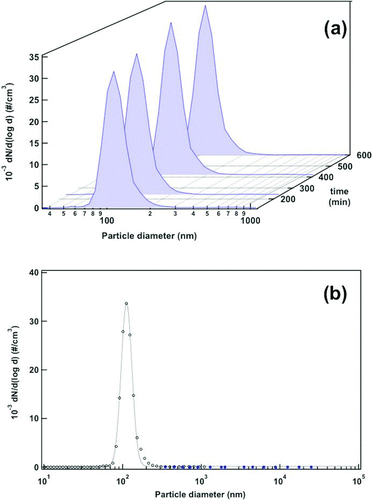
FIG. 8 Evolution of the aerosol number concentration of particles (5–1000 nm) using 15 nm silica-coated glass beads when the fluidization flow rate (Q F) was increased step-wise (a) and the dilution flow rate (Q D) was increased step-wise (b). (Color figure available online.)
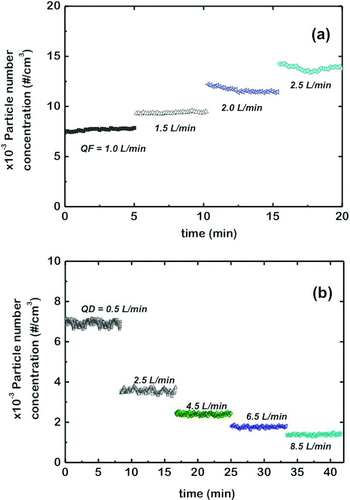
FIG. 9 SEM images of filter-collected nanoparticles and size distributions for (a) 5–15 nm silica (N = 448; mean = 336 nm; σ = 2.05), and (b) Stöber nanoparticles (N = 99; mean = 101.1 nm; σ = 14.1 nm); TEM images and size distribution of the holey grid-collected (c) silica nanoparticles (N = 345; mean = 361 nm; σ = 2.01 nm) and (d) Stöber nanoparticles (N = 104; mean = 99 nm; σ = 10.0 nm). (Color figure available online.)
